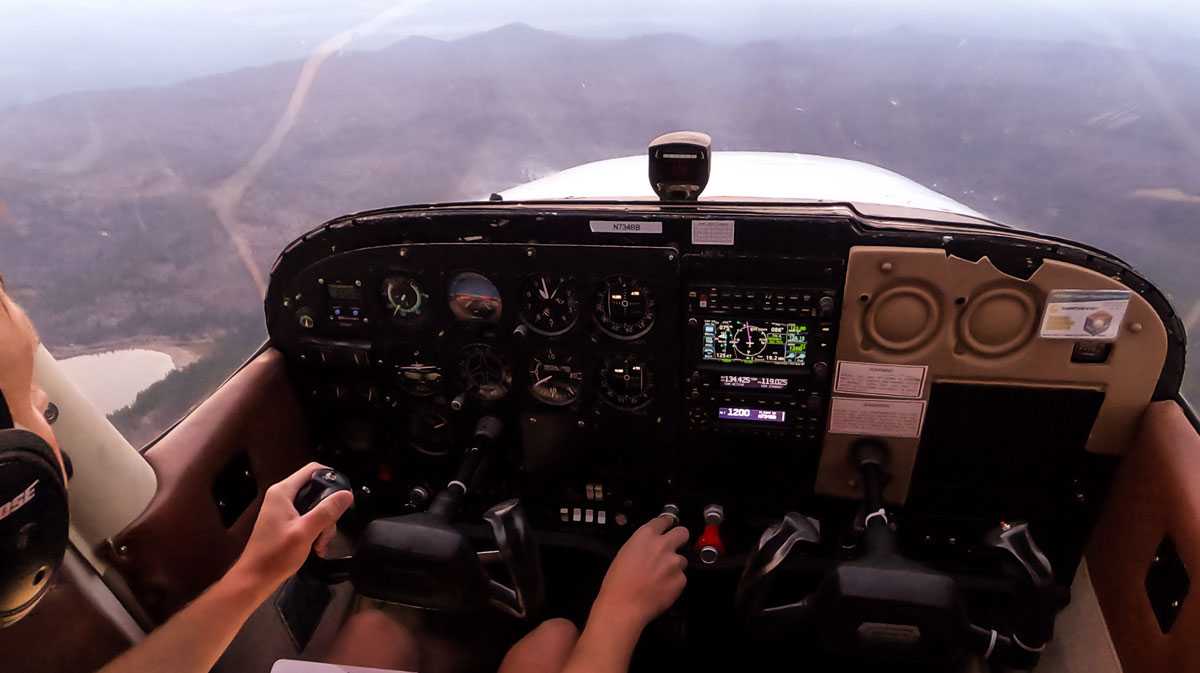
Instrument Reading Requirements and Why They’re a Pilot’s Best Friend
When it comes to aviation, safety is paramount. For pilots, accurately interpreting aeronautical instruments is a cornerstone of safe and successful flights. Understanding instrument reading requirements is not just a skill; it’s a pilot’s best friend in the cockpit. At Leading Edge Flight Academy, we understand the importance of these ratings and other intricacies of safe flight training. Let’s explore what these instruments can do!
Safety First: The Role of Instrument Reading Requirements
Firstly, aircraft like our Cessna 172 Skyhawk, Beechcraft Baron B55, and Beechcraft Bonanza F33A are equipped with various aeronautical instruments that provide critical information to pilots. These instruments serve as the pilot’s eyes and ears in the sky, helping them navigate challenging weather conditions. Some essential information these instruments provide are airspeed, altitude, and velocity.
The Altimeter
Understanding your aircraft’s altitude is crucial for navigating different airspace terrain and avoiding collisions with other aircraft. In addition, it displays the aircraft’s height above sea level. Altitude instruments provide accurate data that helps pilots maintain safe separation from the ground and other flying objects.
Airspeed Indicator
Knowing your aircraft’s airspeed is fundamental. It affects everything from takeoff to landing. Flying too fast or too slow can result in dangerous situations. Aeronautical instruments that measure airspeed help pilots make real-time adjustments, ensuring a smooth flight.
The Vertical Speed Indicator
This pressure-sensitive instrument helps pilots read the plane’s rotation on a vertical access. It also displays the plane’s rate of climb in feet per minute.
Attitude, Heading, and Ground Indicators
These instruments are gyroscopic, meaning their readings are incorporated into the instrument’s design. Attitude indicators show the aircraft’s position in relationship to the horizon headings. Indicators show directional navigational information, and the turn coordinators show the aircraft’s rate of turn and banking.
Teaching Reliable Flight Operations for Any Situation
Instrument reading requirements empower pilots to make informed decisions based on real-time data. In low-visibility or adverse weather conditions, it’s not enough to possess knowledge of these instruments; pilots must be proficient in interpreting them accurately.
This is where Leading Edge Flight Academy excels. Our Part FAA 141 approved flight school means training programs emphasize technical knowledge and career development for pilots. We don’t just train skilled pilots; we coach safe pilots and great employees.
Instrument Reading Training in a Unique Airspace Landscape
The incredible and diverse topography of the high desert and the Cascade Range provide the perfect landscapes to train potential pilots. Students take flight in these high-altitude conditions to learn how to handle aircraft in any scenario. For credentialed pilots, we also offer advanced courses like mountain flying operations for helicopter pilots to learn ridgeline, pinnacle, confined area, and high-density altitude operations.
Our instructors are experienced professionals with a range of real-world experience in military and civil aviation. We offer students preparations for their IFR flight checks to prepare them for a safe future in aviation. And our standards translate to real-world hireability. We don’t believe in turning out generic pilots who meet the bare minimum requirements. Our goal to train professional aviators is why our industry partners seek out our pilots year after year.
Instrument Reading Requirements are a Pilot’s Best Friend
Lastly, instruments provide crucial information about airspeed, altitude, velocity, and height and are essential for the safety and success of a flight. At Leading Edge Flight Academy, we prioritize the development of these skills in our students through hands-on training, expert instruction, exposure to real-world scenarios, and advanced courses for helicopter pilots.
Aviation safety and proficiency in instrument reading are non-negotiable, and we are dedicated to helping our students master this vital skill. Get started on your aviation journey today by exploring the possibilities on our website.


